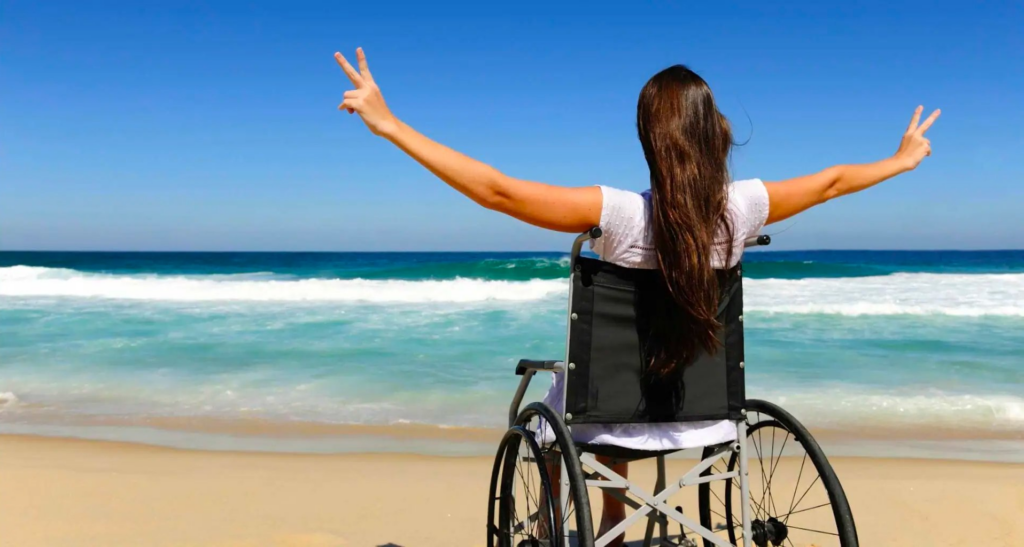Phone: (08) 6156 9363 – Mobile Physiotherapy Service Across the Perth Metro Area

2nd February 2024
Hello and welcome back to our blog, Therapy WA Talks – HOW is it February already?
Here on our blog, we give an insight into what it is we at Therapy WA do, shining a spotlight on all thing’s physiotherapy, the weekly happenings of our therapists and giving our amazing clients a voice.
Therapy WA is a WA owned and ran mobile physiotherapy service servicing the Perth Metro area. Our focus is on making physiotherapy accessible to all, with a patient-centred, functional, and fun approach.
At Therapy WA a very large proportion of what we do falls into the Neurological Physiotherapy bracket, and a large proportion of our clients suffer with neurological conditions or injury. The neurological system is made up of our brain and spinal cord, and as we have already spoken about one injury to the brain (stroke), we felt this week it would be useful to talk about the spinal cord, and spinal cord injury. Spinal cord injury is unfortunately something that we see quite often in our daily caseload and can have life-altering and devastating effects on the person who has suffered the injury. It is our job as physiotherapists to help the client navigate this life-changing injury, giving them the rehab and everyday tools to navigate their new reality. It is often one of the most rewarding aspects of our job, and we are amazed every day at the resilience, tenacity, and determination of our spinal cord injury clients.
In this blog, we will talk about what the spinal cord is, the pathophysiology of spinal cord injury (causes), and what role physiotherapy plays in the treatment and rehabilitation of spinal cord injuries.
The spinal cord is a vital component of the human central nervous system, serving as a communication highway between the brain and the rest of the body. It is a long, thin, tubular structure that runs along the vertebral column (spine) and is protected by the vertebrae, which are the bony structures that make up the backbone.
Key features of the spinal cord:
Structure:
Function:
Protection:
Segments:
Spinal Nerves:
Understanding Spinal Cord Injuries:
Complete vs. Incomplete Injuries:
Traumatic vs. Non-Traumatic Injuries:
Location:
Common Causes of Spinal Cord Injuries:
Accidents and Trauma:
Violence:
Medical Conditions:
How Can Physiotherapy Help:
Physiotherapy plays a pivotal role in the rehabilitation process for individuals with spinal cord injuries. Here’s how we at Therapy WA work to help our clients who suffer this type of injury.
Mobility and Strength Training:
Balance and Coordination Exercises:
Pain Management:
Assistive Devices and Adaptive Techniques:
Respiratory Care:
Spinal cord injuries are life-altering events that demand comprehensive and individualised care. Therapy WA employs a holistic approach to rehabilitation, and our therapists will work towards regaining our clients as much independence as possible. Our clients have returned to work, exercise, hobbies and even camping, and very often return to the aspects of their life they enjoyed prior to the injury. We realise the diagnosis of a spinal cord injury can be devastating and extremely difficult to process and overcome. Our role is to help you on your journey, with support, encouragement, and a listening ear every step of the way.
Please reach out if you have any questions lisa@therapywa.com.au
Take care and talk soon
Monday — Friday
8:30am 4:30pm
Saturday — Sunday
Closed

TherapyWA acknowledges and regrets the imposition to the lives and culture of Aboriginal people which occurred as a result of European colonisation within Australia. We would like to acknowledge the traditional custodians of Country throughout Australia and their connections to the land, sea and the community. We will continue to pay respects to their elders past and present and all aboriginal people, especially those we may meet as part of our work.